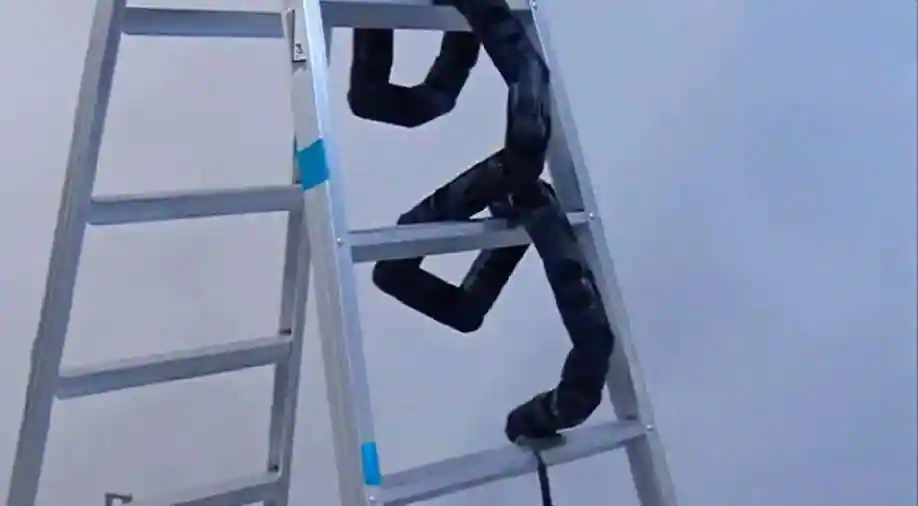Investigadores en Japón han desarrollado un robot avanzado con forma de serpiente, que puede subir escaleras y desplazarse fácilmente por tuberías de desagüe, generando esperanzas de que tales dispositivos pronto sean utilizados para inspeccionar lugares inaccesibles, en áreas afectadas por desastres. El nuevo robot, que mide 2,5 metros de largo y pesa 6 kg, se puede utilizar para la inspección de edificios derrumbados, según Fumitoshi Matsuno, profesor de robótica de la Universidad de Kioto, quién dirige el proyecto. Su equipo tiene como objetivo disponer del dispositivo para su empleo en casos reales, dentro de dos o tres años, según informó Nikkei Japón.
Researchers in Japan have developed an advanced snake-shaped robot that can climb ladders and wind its way up drainpipes, raising hopes that such devices will soon be used in surveying inaccessible locations in disaster-hit areas. The new robot, which is 2.5 meters long and weighs 6kg, can be used for the inspection of collapsed buildings, according to Fumitoshi Matsuno, the robotics professor at Kyoto University leading the project. His team aims to put the device into practical use within two to three years, as reported by Nikkei Japan.
The snake, which is now patented technology, has been developed by UKAEA’s RACE (Remote Applications in Challenging Environments) in a GPB2.7 million (USD3.4 million), a seven-year project. The snake will be delivered as part of EUROfusion’s DEMO programme, which will be the successor to the ITER fusion device which is currently being built in southern France, as reported by World Nuclear News (WNN).
The device can climb up and down a ladder by altering its body shape. Using a laser sensor attached to the tip, it detects the distance between each rung, works out the ideal trajectory and contorts itself to clamber its way up. The device is controlled remotely by an operator who can see images from a camera mounted on the tip. Each joint does not need to be manipulated individually; the operator merely has to input which way the robot should proceed after selecting the appropriate shape.
UKAEA Lead Mechanical Design Engineer Tristan Tremethick said, “Ultrasonic sensors enable the snake to find the correct position, where it then clamps to the pipe and performs the weld from the inside. After the weld, the tool retracts and is removed from the pipe where it can be redeployed. Robots are a key part of our mission to deliver low carbon fusion energy, and we need to become skilled in controlling machines like this one remotely. That’s because they will be used to maintain fusion energy power plants.”
Fuente: https://www.wionews.com


